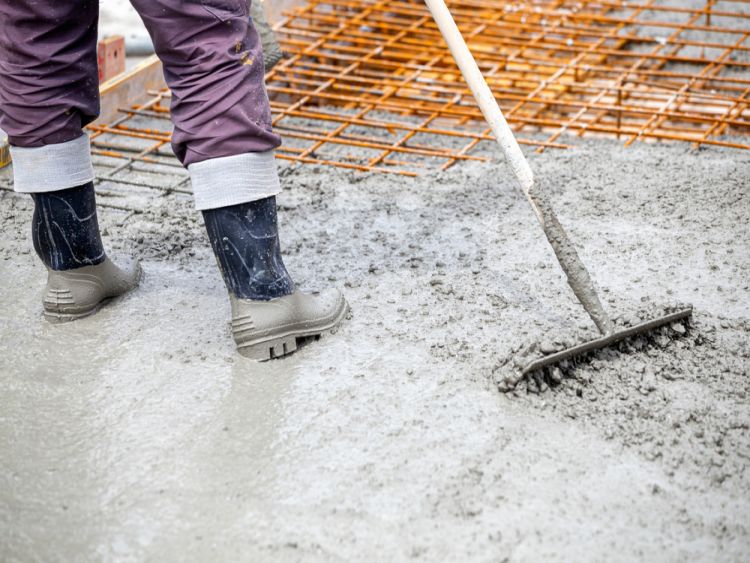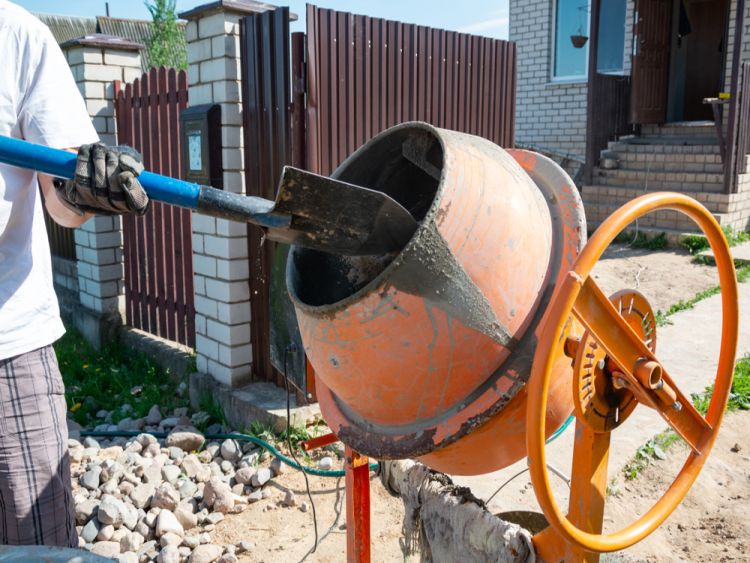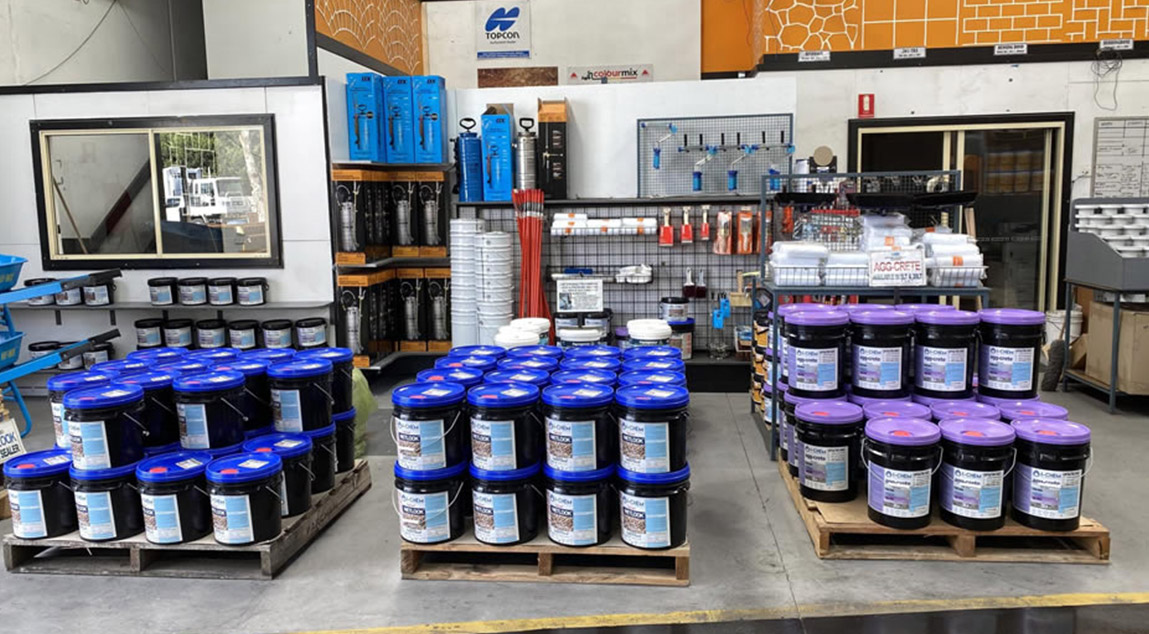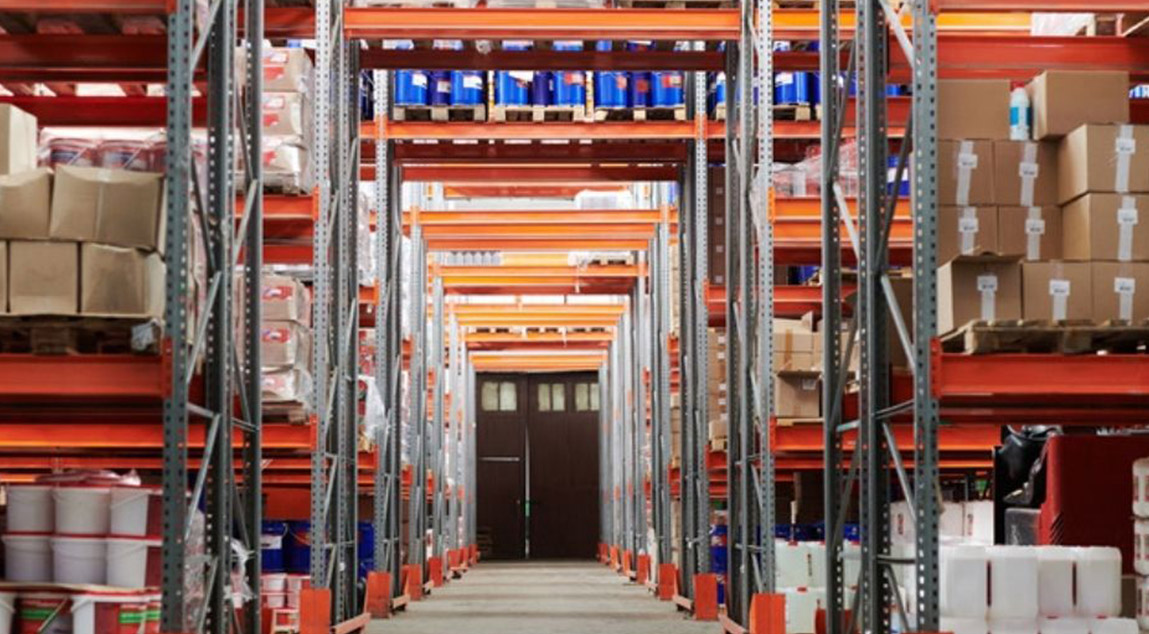Choosing The Right Concrete Tools For Your Project

Concrete is one of the most widely used materials in the world, so you can use many different tools when working with it. Choosing the right tools for your project will affect both the timeline and overall quality of the project, so it’s vital you know all about the types of concrete tools and when to use them.
If you want to learn how to choose the right concrete tools, you’ve come to the right place. Let’s discuss some of the most common concrete tools on the market and when you might use them in a project.
Must-Have Tools And Equipment When Working With Concrete
While there are plenty of tools you won’t need all the time, there are some tools and safety equipment that are necessary for all concrete projects. These are:
- Gloves – Some types of concrete can damage your skin in the form of chemical burns, so wearing gloves is a great way to protect your hands while you work. Make sure your gloves are waterproof and that you don’t allow any cement, wet or dry, to sit on your skin.
- Eyewear – Wearing protective glasses or goggles will protect your eyes from the irritation caused by concrete dust. Protecting your eyes from dust is essential when mixing or cutting concrete, as these harmful dust particles will be thick in the air.
- Boots – Your boots will protect your feet and lower legs from the burning effects of wet concrete. Make sure they are waterproof, free of holes and at least as high as the concrete is deep.
- Wheelbarrow – A trusty three-wheel wheelbarrow will make getting concrete around your worksite easy! Choose one with a strong plastic tray, as it will prevent the concrete from sticking and is resistant to scratches and cuts from other tools.
- Shovel – Another trusty tool for getting your concrete where you need it is the humble shovel. Choose one with a square handle for ease of use and a flat head with a smooth back that you can use to flatten concrete.
- P2 Mask – Dry concrete contains silica, which is very dangerous to breathe in. Make sure to wear a P2 mask when working with concrete. These dust masks are designed to protect against harmful substances like silica, asbestos and other dangerous fumes.
All of these concreting tools and equipments will ensure that you can safely complete your construction projects. Always make sure to choose reputable concrete tool suppliers for all, especially when it comes to safety gear!
Discover a wide selection of Boots And Personal Safety Supplies at Australian Slate-Crete Supplies, your number-one choice for concrete supplies in Melbourne!
Seven Concrete Tools You Need To Know About
The right tools can take your concrete project to the next level. Read on to discover what they are, how they work and when you’ll need them!
1. Screed
The term ‘screed’ can actually refer to two things. Concrete screed is the layer of material on the top of concrete that consists of concrete mixed with sand and is used as a finishing layer in a concrete slab. ‘Screed’ can also be used as the name of a tool – ‘screeding’ refers to smoothing the top surface of fresh concrete with a long, straight tool called a screed or a straightedge.
You can find manual and powered versions of this tool at many concrete tool suppliers – a powered version will be called a power screed. Either way, when you see the word ‘screed’, you know it has to do with flattening a concrete surface!
2. Bull Float
A bull float is the tool you’ll use right after screeding your concrete. It is used to smooth and flatten wet concrete in a process called ‘floating’, and must be done before too much moisture appears on the surface of the concrete.
Bull floats look like rakes but have a flat head. They often have a telescopic handle that makes it easy to smooth the concrete without having to stand on it. Floating your concrete will eliminate any small holes and bumps, giving it a smooth and professional finish.
Do you need concrete floats in Melbourne? Australian Slate-Crete Supplies is a fantastic source for quality bull floats in Melbourne. We also have smaller hand trowels for sale.
3. Concrete Spreader/Concrete Rake
These are shaped much like a bull float, but are used for shifting large amounts of concrete and other soft mediums over a surface. Once your concrete has been poured into place, you’ll use a concrete rake to push and pull it across until it has completely covered the area you need.
Concrete spreaders and rakes are designed to be light but strong. These essential tools can push heavy wet concrete without snapping and without tiring out your arms with excess weight. Many will have a reinforced head for extra strength, which is vital when pushing around a dense material like wet concrete.

4. Concrete Vibrator
A concrete vibrator is a crucial power tool used to remove air pockets from wet concrete. When you pour concrete, air bubbles are trapped inside. If these bubbles are still present when the concrete hardens, it can lead to weaker concrete that is prone to cracking.
A concrete vibrator will shake these bubbles to the top, where they disappear into the air. This leads to robust, more dense concrete with a smoother finish. It also helps prevent the concrete from separating by keeping the distribution of materials within the concrete even.
Discover quality concrete vibrators at Australian Slate-Crete Supplies, the best source of concrete supplies in Australia.
5. Concrete Saw
Making cuts into dry concrete isn’t easy – that’s why you need a powerful concrete saw that is up to the task! Concrete saws often have powerful diamond blades, which give them supreme hardness and cutting power and allow them to slice through thick concrete when needed.
Concrete saws with diamond blades can be used to cut through concrete floor slabs and walls, as well as bricks, stone, tiles and asphalt. Whether you are removing wanted sections, creating neat corners or cutting grooves, the right concrete saw can do it all.
6. Portable Concrete Mixer
Unless you have a huge concrete mixer truck to use, chances are you’ll need a portable concrete mixer to do the job for you. Mixing concrete by hand is a tiring and time-consuming process, so leave it to a concrete mixer to do the hard work for you!
Portable mixers use a rotating drum to combine the elements of the concrete and are usually powered by a gas engine or electric motor. These on-site cement mixers allow you to combine and use concrete when you need it, rather than having to worry about your concrete hardening when mixed and transported off-site.
Australian Slate-Crete Supplies is one of the best concrete tool suppliers in Melbourne and can be relied upon to provide quality concrete mixers for customers.
7. Concrete Compactors & Concrete Rammers
Laying a quality concrete slab starts before the concrete is even mixed. Compacting the soil underneath your site will help you create a layer of concrete that doesn’t sink into the ground, leading to an uneven finish This is where your compactors and rammers will come in.
These machines work to compact soil in two different ways. Compactors will ‘vibrate’ the soil so it settles into all gaps to create a layer free from air pockets. Rammers will physically impact the soil, compressing it down into a solid, hard surface. Rammers are good for use in small areas with fine soil, while compactors can work over large areas and work better on more granular soil.

Find High-Quality Concrete Tool Supplies At Australian Slate-Crete Supplies
Need to buy hand tools online? Start your search with Australian Slate-Crete Supplies, your best source of concrete power tools and hand tools in Melbourne and wider Australia. Visit us at our Epping location or call us on 03 9408 7722 – we’ll be happy to discuss what concreting tools and equipments will be best for your proposed project!
As your premier concrete tool suppliers in Melbourne, we have a lot of information to share with our clients. Check out our blog on The Top 12 Tools You’ll Need For Working With Concrete, or read our Safety Data Sheets for more information on how to use our products safely.
-
 February 4, 2022Sandstone Concrete Stencil
February 4, 2022Sandstone Concrete StencilDo you want to add a touch of luxury and elegance to your concrete projects? If so, then consider using sandstone concrete stencils!
Read More -
 February 4, 2022Gloss Brick Sealer
February 4, 2022Gloss Brick SealerGloss brick sealer is a wonderful material for adding a brilliant shine to your brick slip wall feature.
Read More -
 February 4, 2022Bluestone Concrete Sealer
February 4, 2022Bluestone Concrete SealerIn a broad sense, the term “bluestone” is sometimes used to refer to a variety of stones. It’s a marketing term rather than a geological one.
Read More
